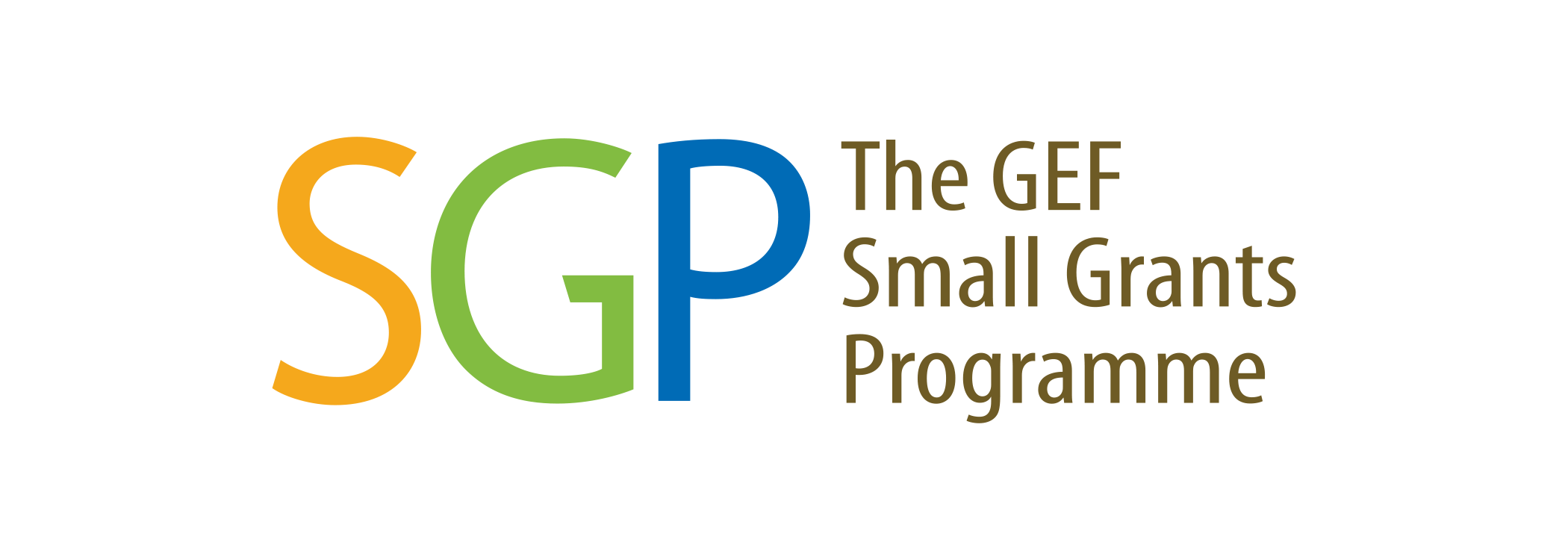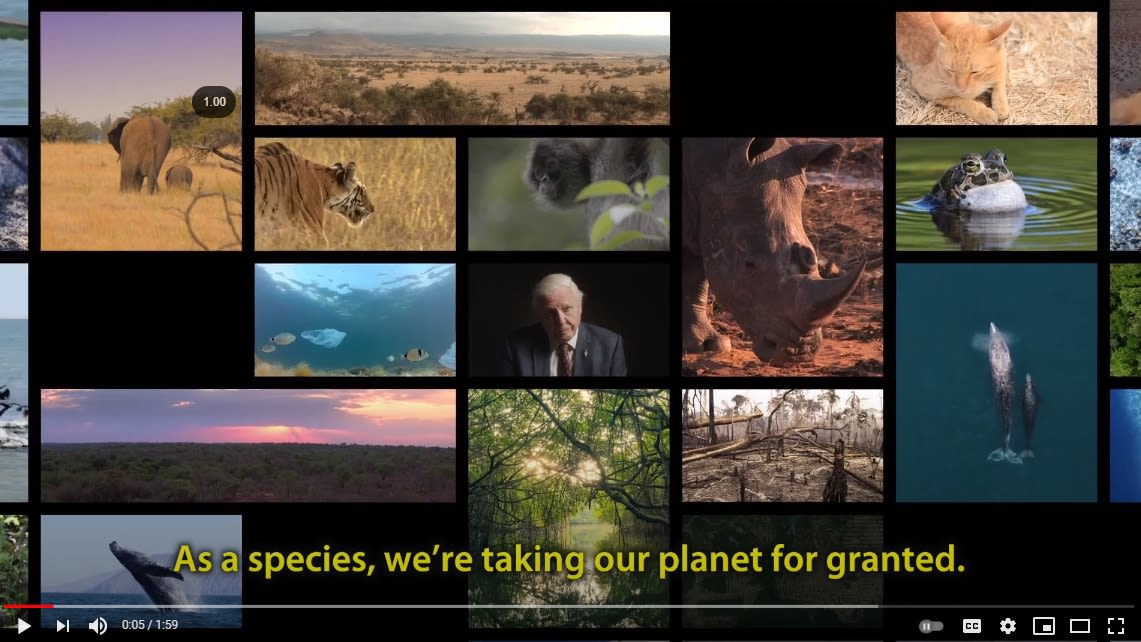Got cheese?
For nomadic herders in the mountains of Mongolia, traditional cheeses offer a sustainable alternative to tourism income, with benefits for snow leopard conservation
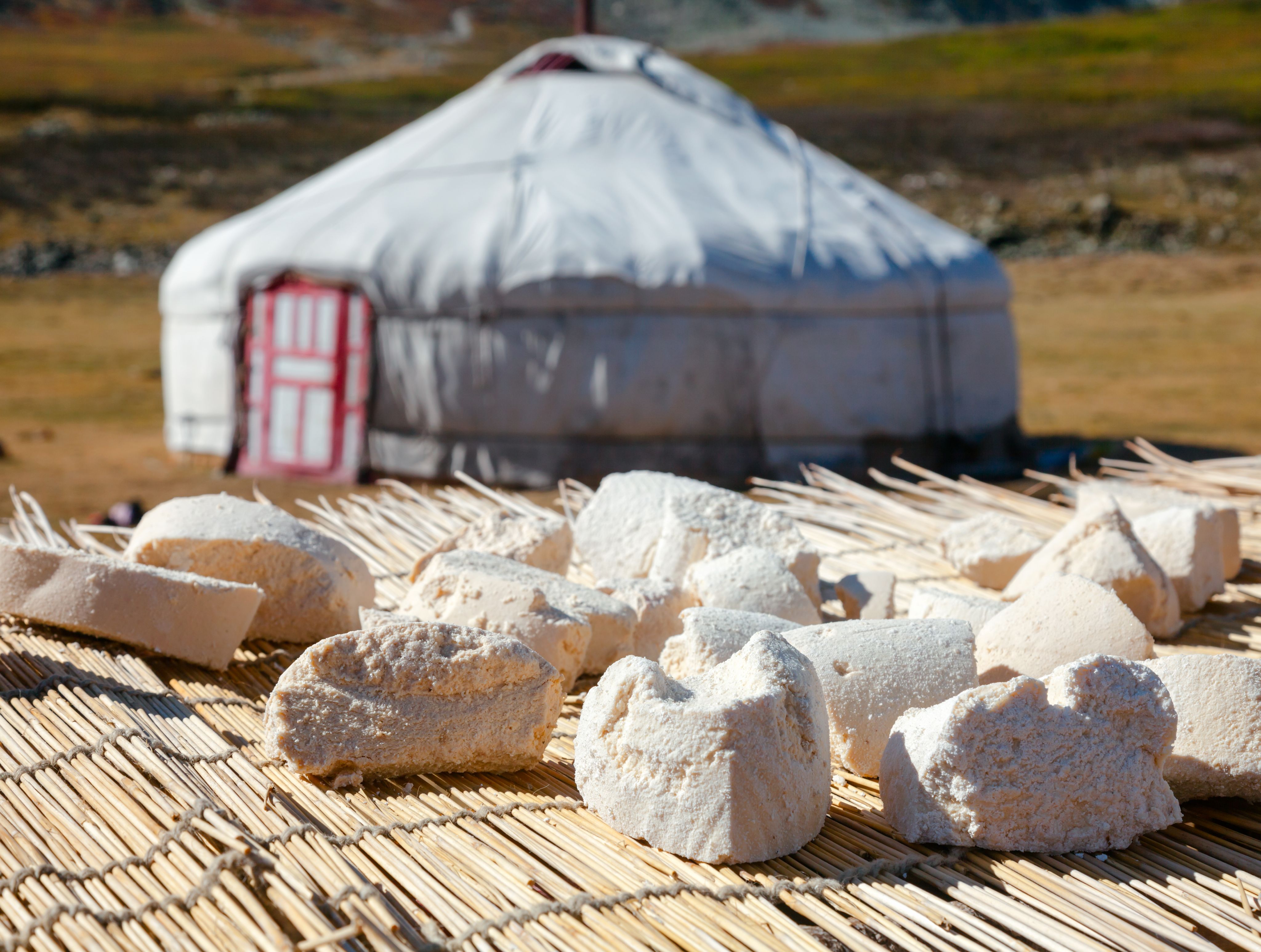
Tsendsuren Byambaa was born in Mongolia’s remote Khovd Province in 1970.
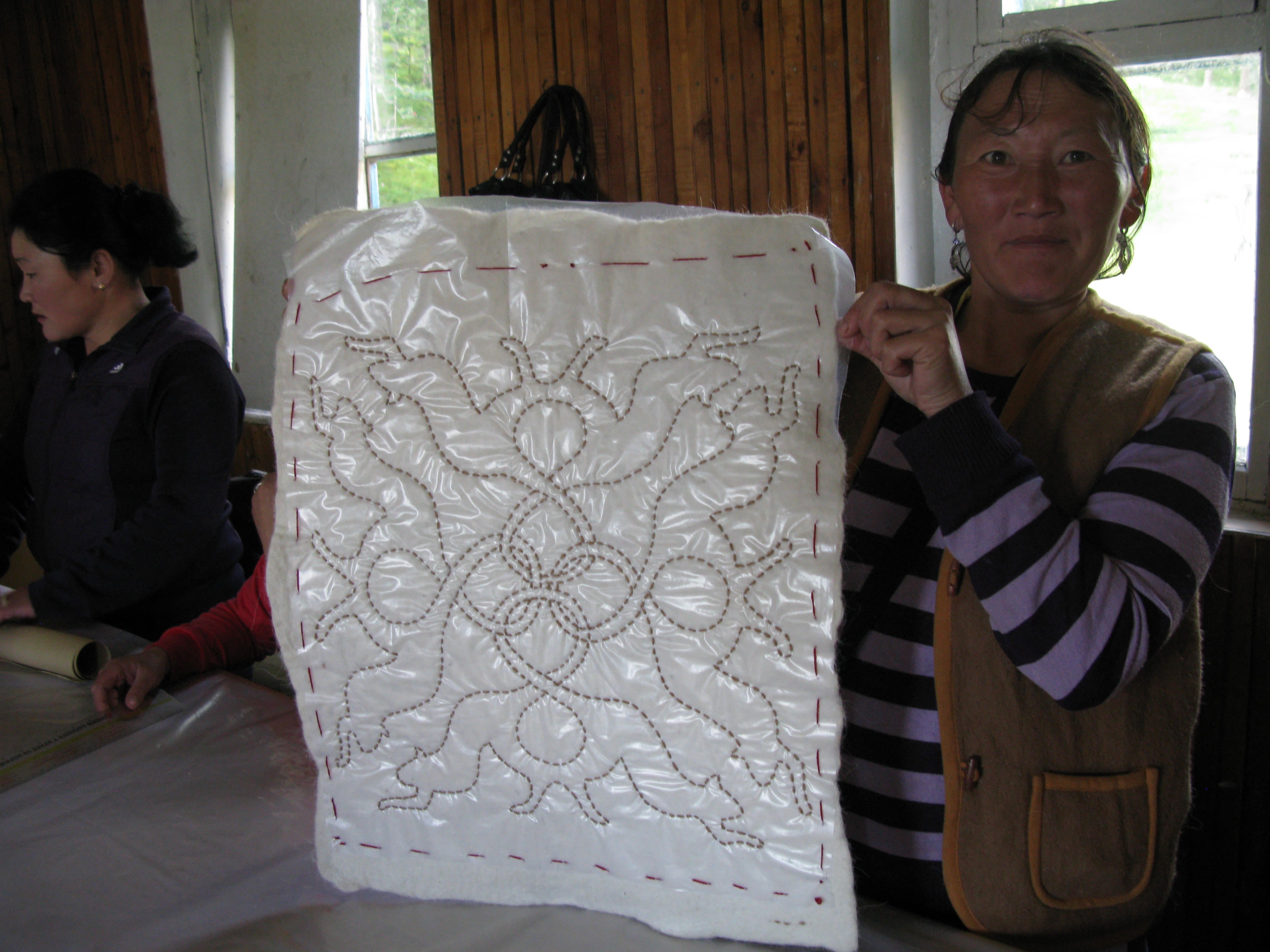
Tsendsuren Byambaa proudly displays her work at a handicraft development training in 2017. Photo: Snow Leopard Conservation Foundation (SLCF) and Snow Leopard Trust (SLT).
Married with six children, Tsendsuren has been a herder with her husband since she was young.
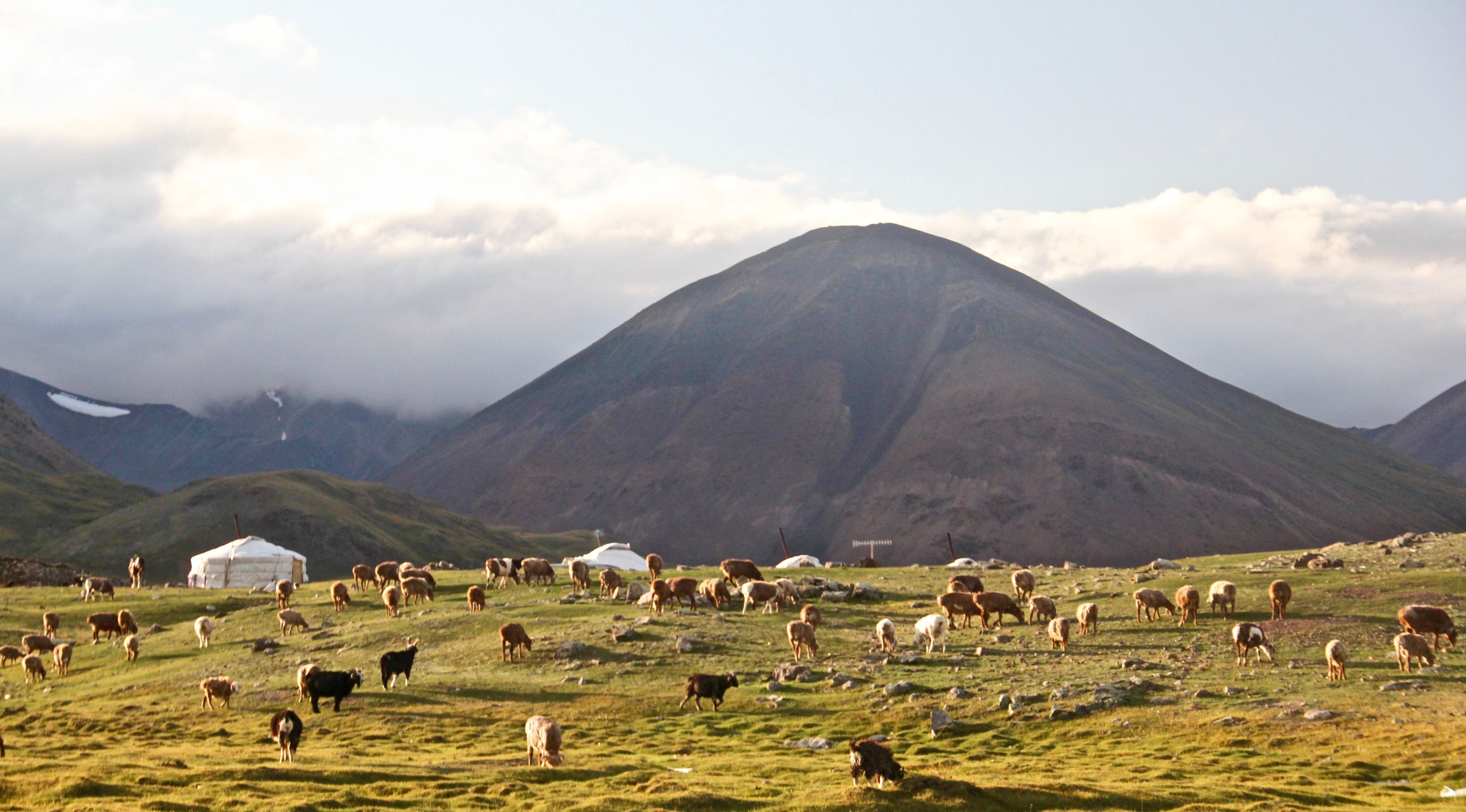
Altai mountains, Western Mongolia. Photo: Bolatbek Gabiden, Unsplash.com
Like many pastoral nomads in Western Mongolia, they move their camps with the seasons.
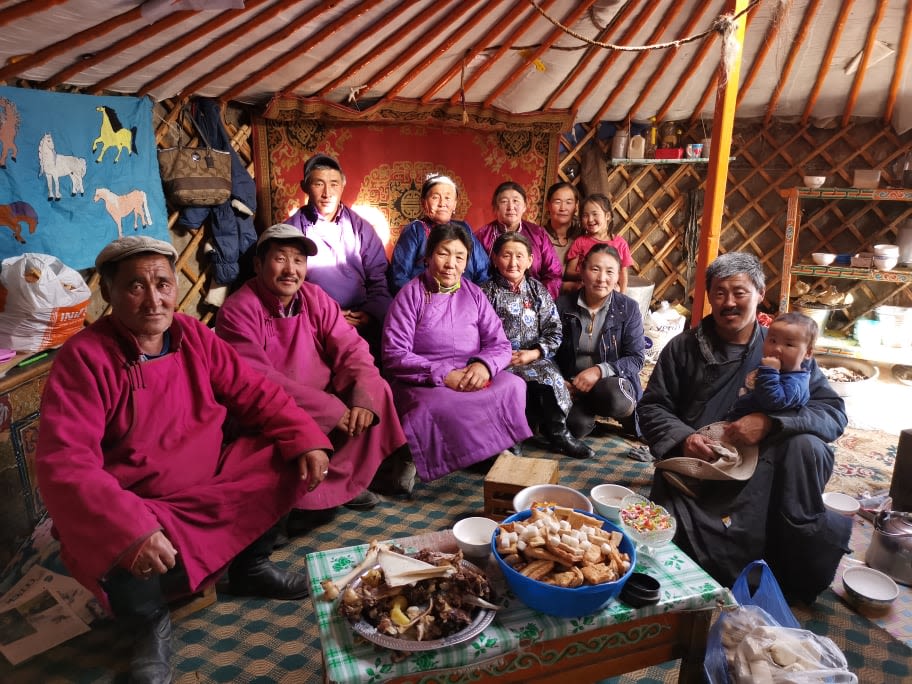
Herder community members. Photo: SLCF and SLT.
In winter, they inhabit the slopes of Mt Khairkhan, which tops out at nearly 3100m of elevation.
These forbidding, icy ranges are prime territory for snow leopards and their prey.
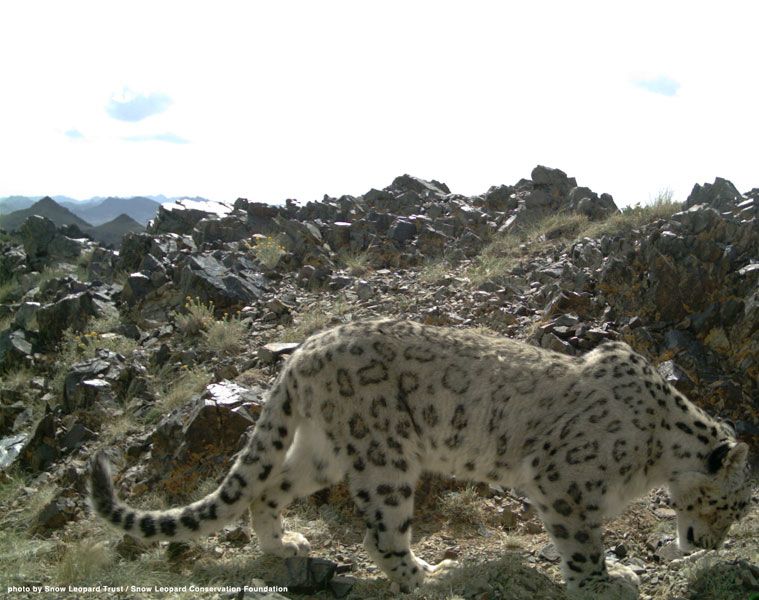
Spotted via remote webcam, snow leopards are classified as vulnerable in the International Union for Conservation of Nature Red List of Threatened Species. Photo: SLCF and SLT.

Tsendsuren Byambaa proudly displays her work at a handicraft development training in 2017. Photo: Snow Leopard Conservation Foundation (SLCF) and Snow Leopard Trust (SLT).
Tsendsuren Byambaa proudly displays her work at a handicraft development training in 2017. Photo: Snow Leopard Conservation Foundation (SLCF) and Snow Leopard Trust (SLT).

Altai mountains, Western Mongolia. Photo: Bolatbek Gabiden, Unsplash.com
Altai mountains, Western Mongolia. Photo: Bolatbek Gabiden, Unsplash.com

Herder community members. Photo: SLCF and SLT.
Herder community members. Photo: SLCF and SLT.

Spotted via remote webcam, snow leopards are classified as vulnerable in the International Union for Conservation of Nature Red List of Threatened Species. Photo: SLCF and SLT.
Spotted via remote webcam, snow leopards are classified as vulnerable in the International Union for Conservation of Nature Red List of Threatened Species. Photo: SLCF and SLT.
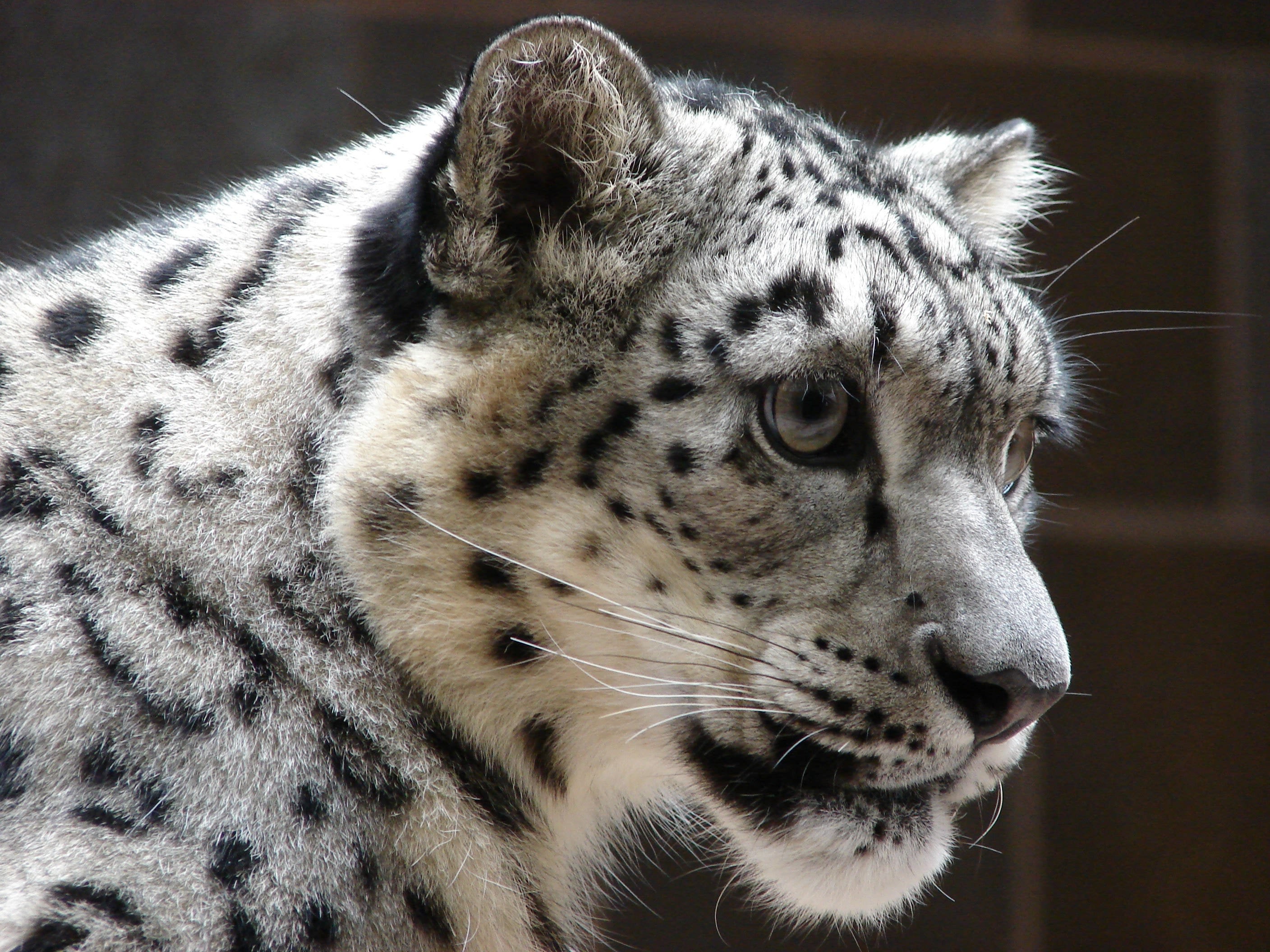

Snow leopard. Photo: Dave Sherrill, Unsplash.com
Snow leopard. Photo: Dave Sherrill, Unsplash.com
Living in harmony
Dedicated to living in harmony with the unique biodiversity of her home, in 2009 Tsendsuren began participating in the Snow Leopard Enterprises (SLE) programme.
A community-based conservation initiative, the programme offers income opportunities to rural herders who share the mountains with snow leopards.

Herder community members taking part in targeted trainings. Photo: SLCF and SLT.
Coordinated by the Snow Leopard Trust, Tsendsuren was originally trained in processing wool and subsequently in handicrafts.
Now, working in partnership with the Snow Leopard Conservation Foundation, Tsendsuren is taking part in a series of trainings in her remote province and in six communities to build a local cheese production industry.

Herder community members taking part in targeted trainings. Photo: SLCF and SLT.
Herder community members taking part in targeted trainings. Photo: SLCF and SLT.
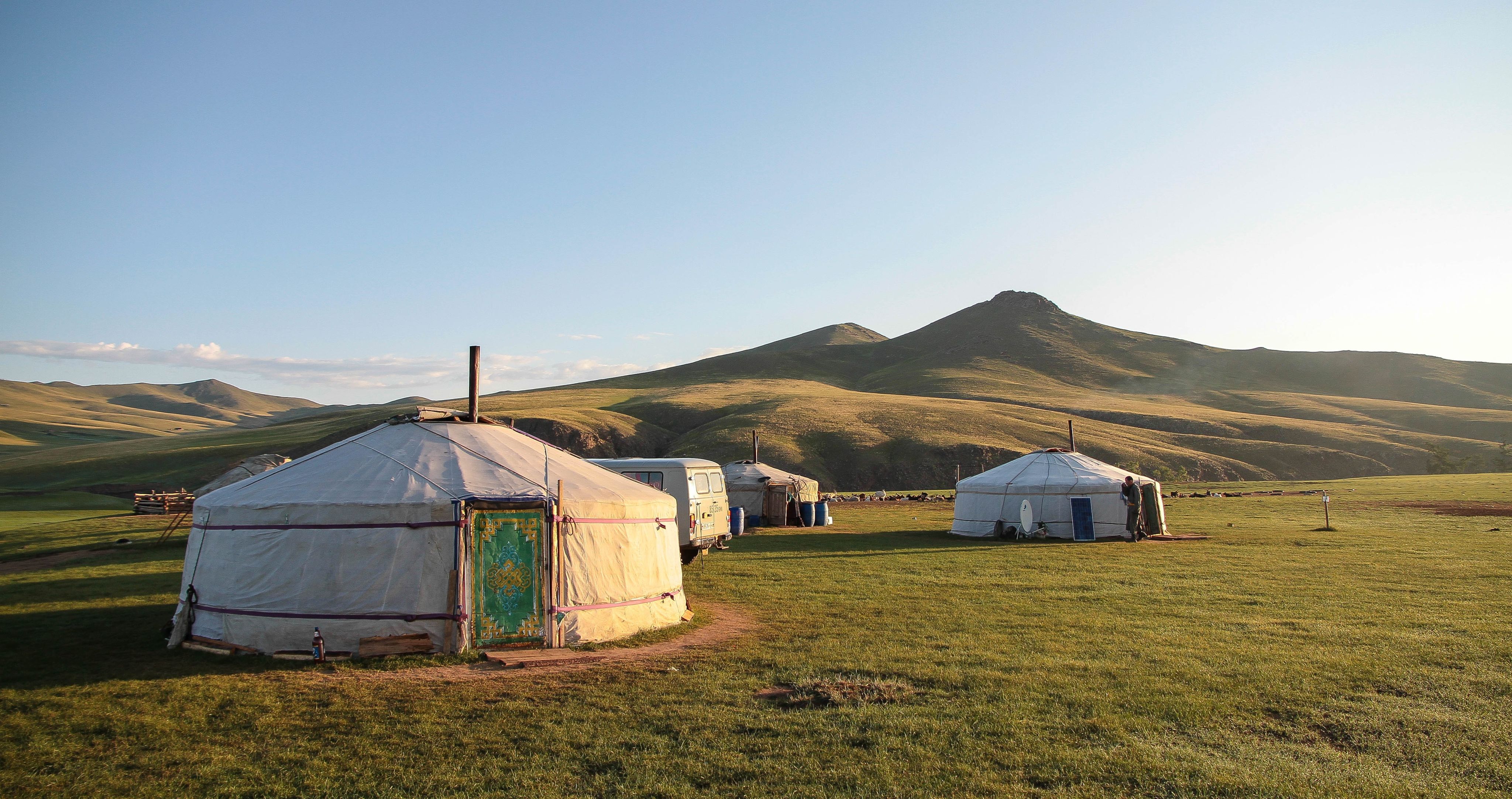
Sunrise over the yurts, Western Mongolia. Photo: Vince Yhban, Unsplash.com
Sunrise over the yurts, Western Mongolia. Photo: Vince Yhban, Unsplash.com
Sustainable livelihoods and conservation
The majority of people in this region live in semi-nomadic subsistence communities that make a living from livestock herding.
For these communities, ecotourism represents an increasingly important part of the economy that simultaneously promotes the conservation of local biodiversity.
Sustainable Mountain Tourism
Mountain tourism attracts around 15 to 20 percent of global tourism.
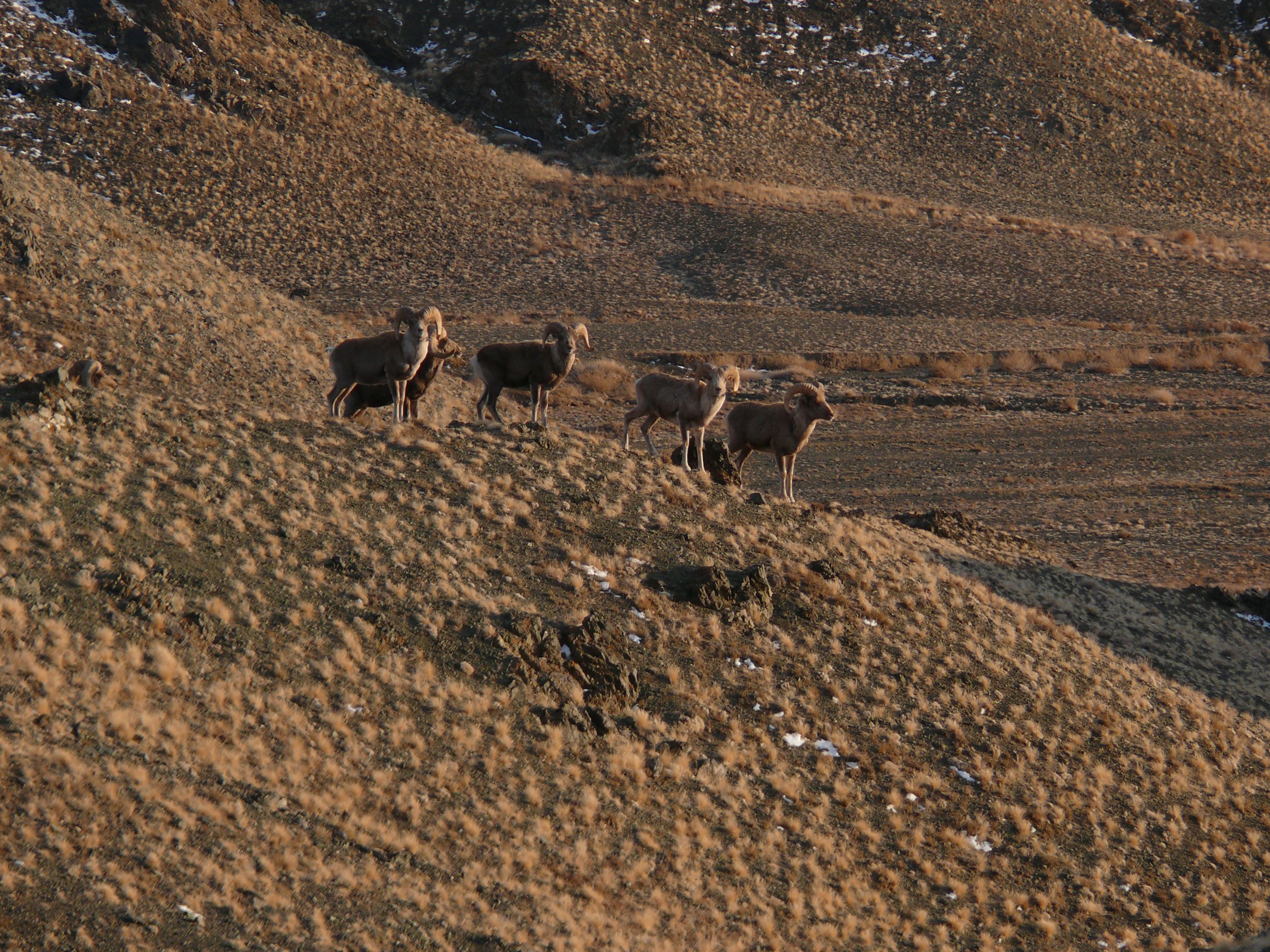
A spanner in the works
But when the pandemic hit, the dramatic loss of international tourists shuttered the ecotourism industry in Mongolia.
Official estimates suggest that around 95 percent of the 88,700 employees in more than 2,300 companies in Mongolia's tourism sector lost income in 2020.
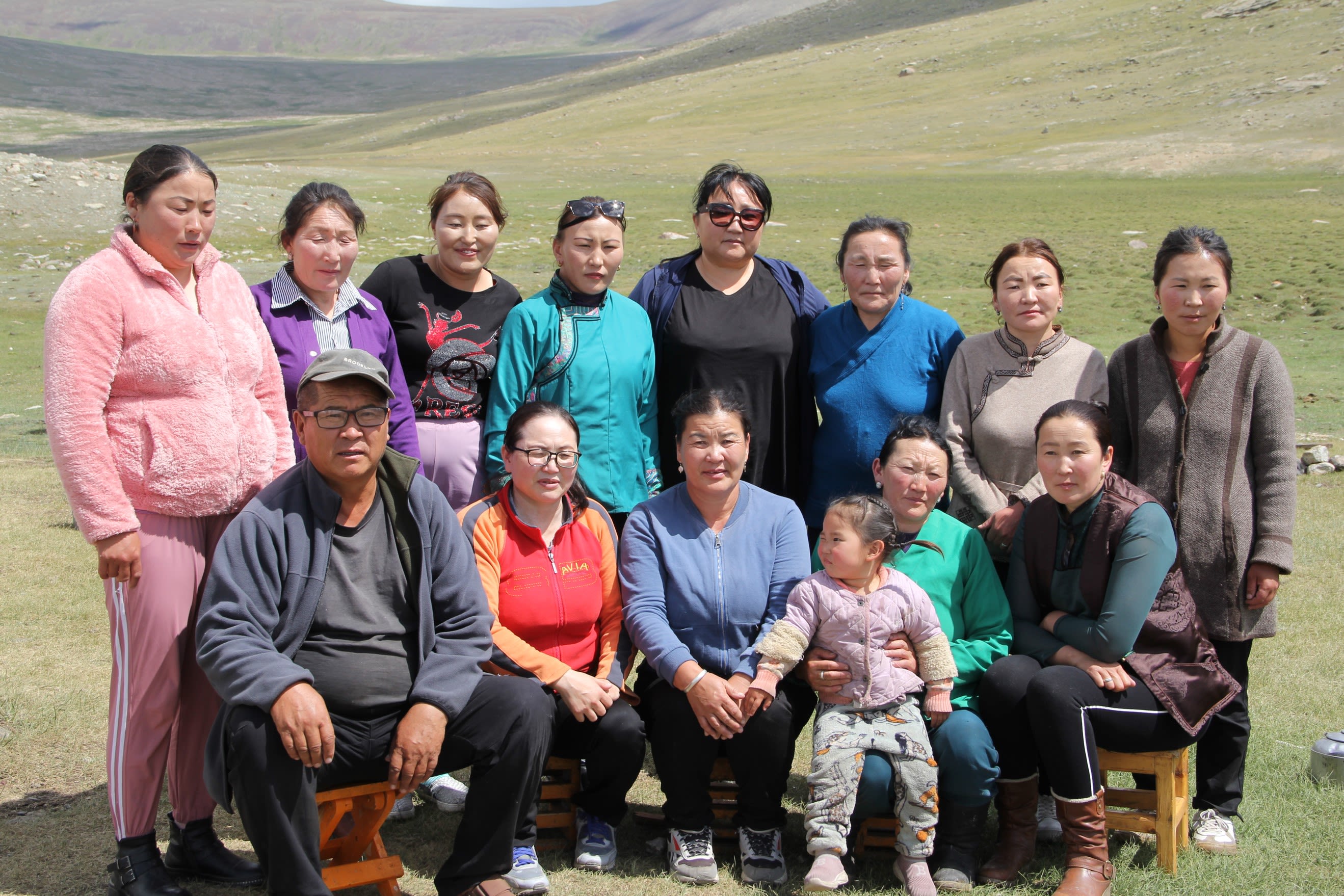
Tsendsuren front row 2nd from right, with child on her lap with her community members after cheese training in July, 2021. Photo: SLCF and SLT
As one of the sectors most affected by the Covid-19 pandemic, the impact on tourism is affecting economies, livelihoods, public services and opportunities on all continents.
In mountains, the restrictions of the pandemic have further compounded the vulnerabilities of mountain communities.
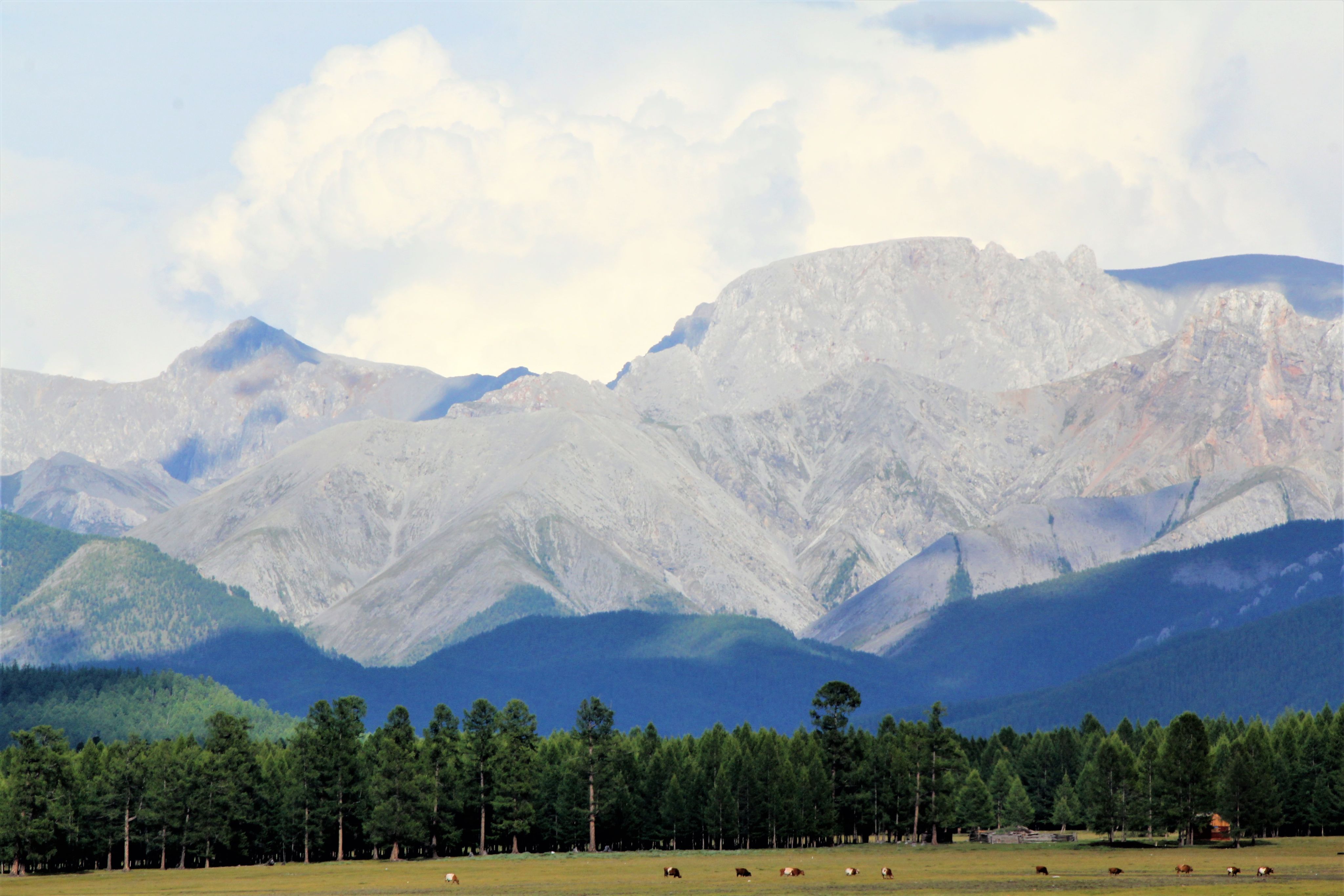
Photo: Mongolia ENSURE project
For Tsendsuren, she immediately felt the loss of tourism income.
She was also acutely aware of increasing threats to wildlife, including poaching, overgrazing, and mining.

Tsendsuren front row 2nd from right, with child on her lap with her community members after cheese training in July, 2021. Photo: SLCF and SLT
Tsendsuren front row 2nd from right, with child on her lap with her community members after cheese training in July, 2021. Photo: SLCF and SLT

Photo: Mongolia ENSURE project
Photo: Mongolia ENSURE project
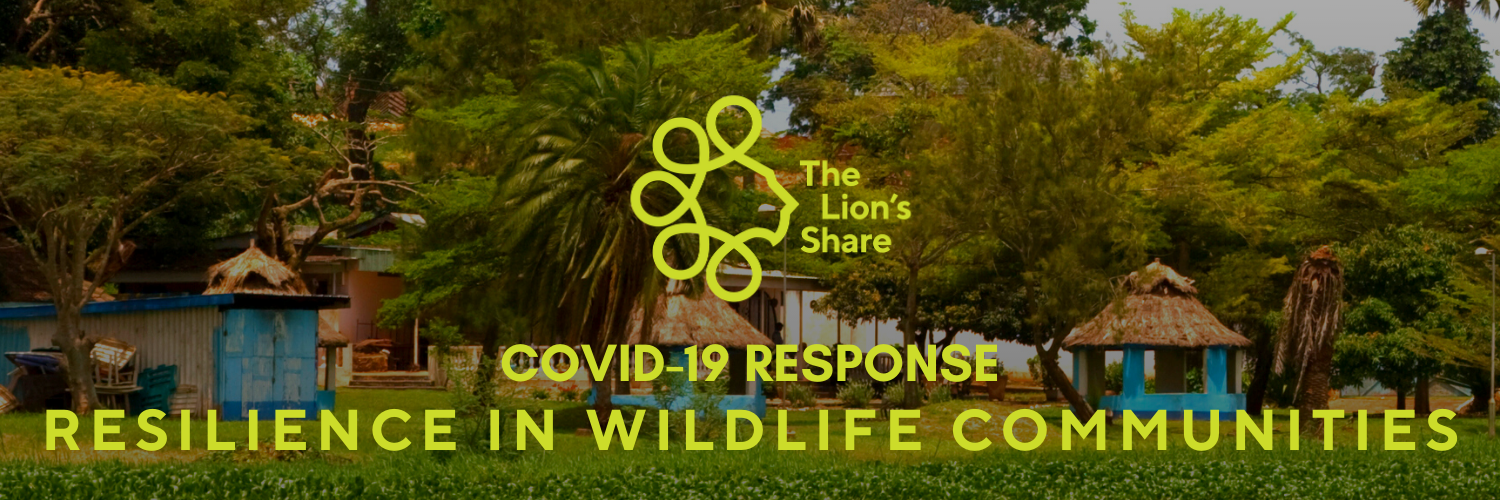
Resilience in Wildlife Community Grants
In recognition of Covid-19’s world-altering effects, The Lion’s Share, and the Small Grants Programme, a corporate programme of the Global Environment Facility (GEF) that is implemented by the United Nations Development Programme (UNDP), launched a call for proposals in April 2020 to support communities dependent on wildlife-based tourism.
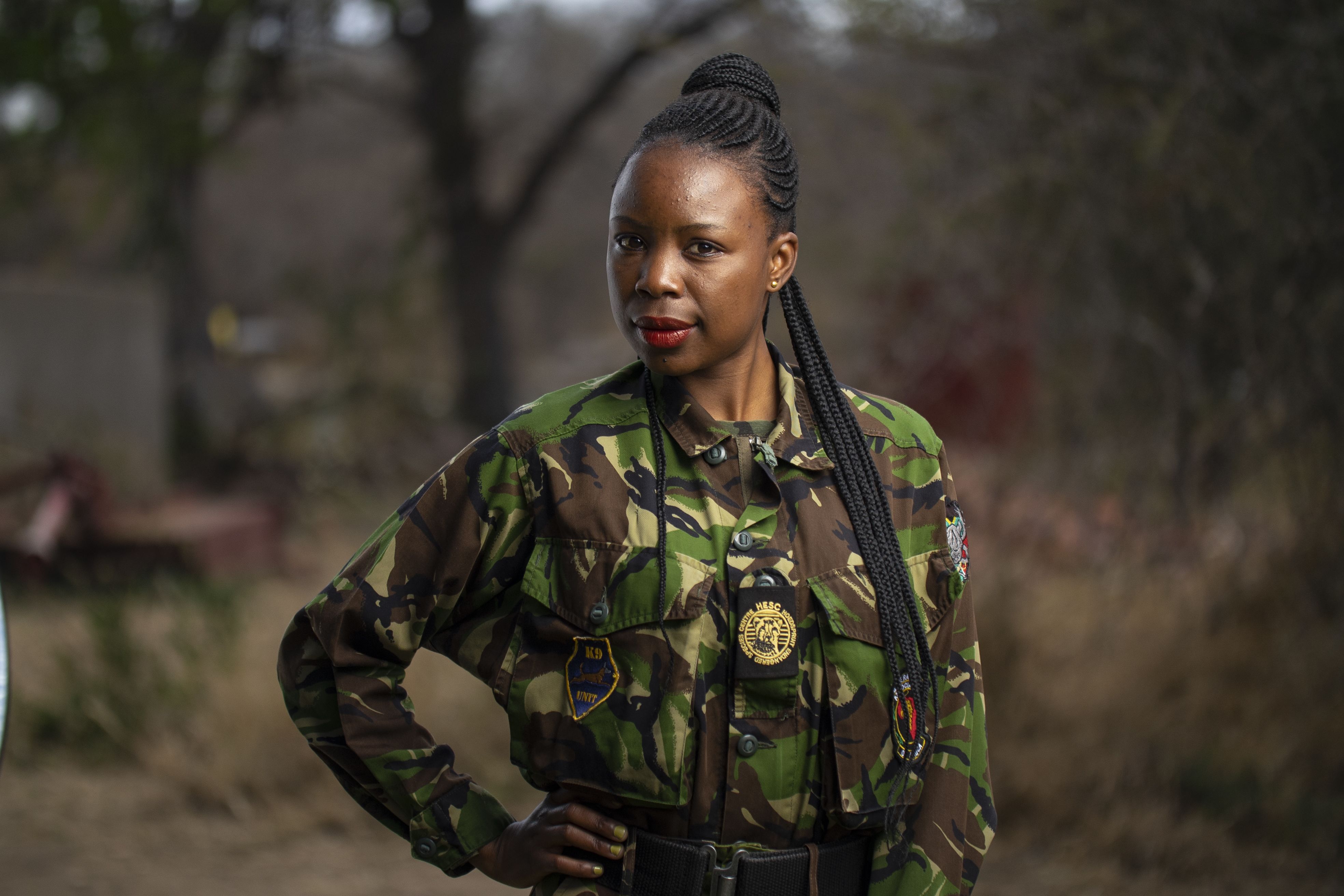
Another recipient of the Covid-19 Resilience grants was Elephants Alive in South Africa. Their grant was used to support the all-female anti-poaching unit, the Black Mambas. Photo: Rivoni Mkansi, Elephants Alive x Black Mambas
The nine recipients of grants from the ‘Covid-19 Response: Resilience in Wildlife Communities’ initiative were selected from over 1,600 proposals from organizations across 106 countries.
These projects have been working to build resilience in communities in wildlife-rich areas and support the continued protection of threatened wildlife in their last strongholds.
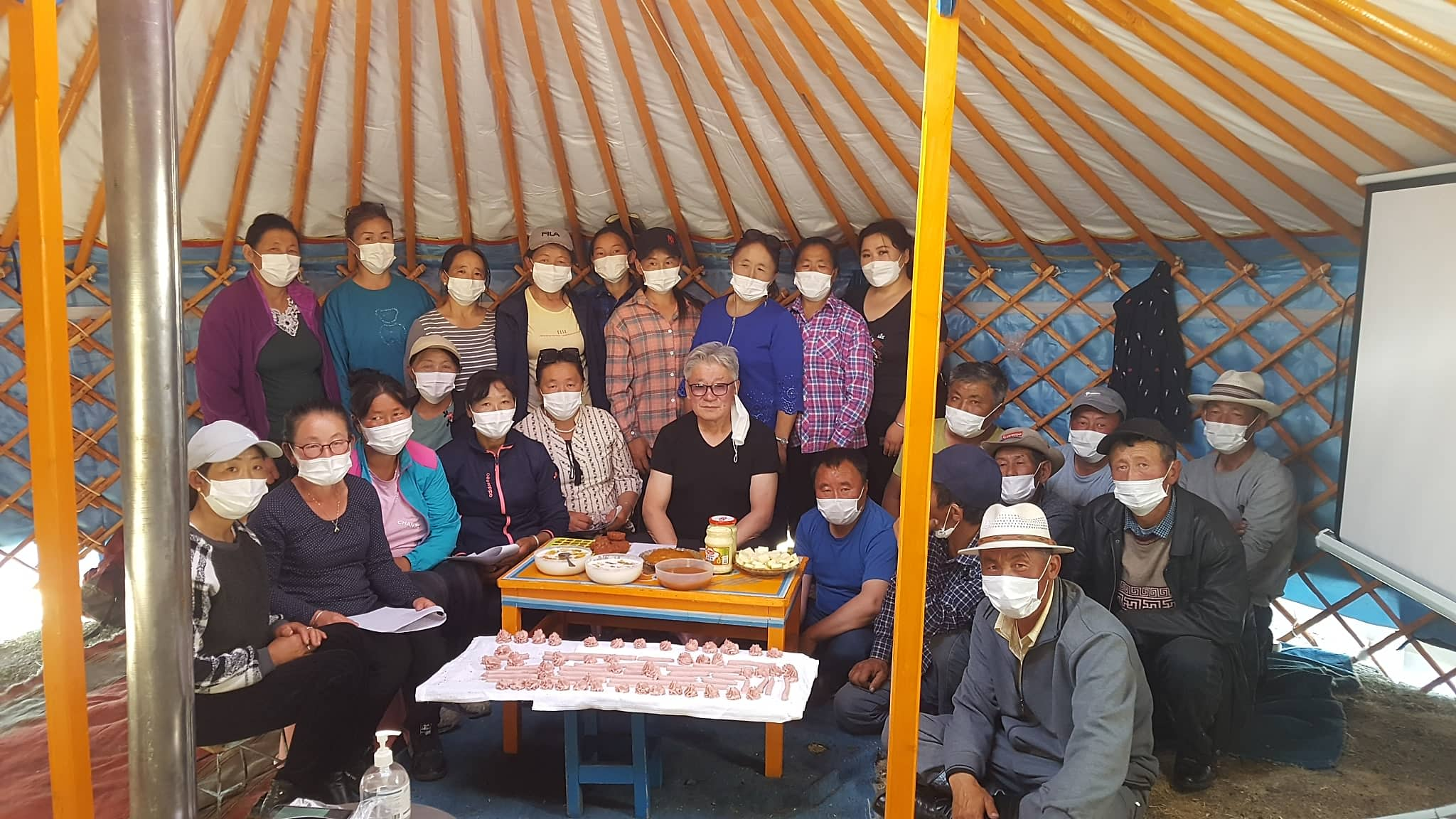
Training photo in Uvs Province, one of the seven communities where SLCF and SLT are supporting efforts to establish local cheese production. Photo: SLCF and SLT
The Snow Leopard Conservation Foundation is one of the nine - and Tsendsuren and her community are part of these efforts.

Another recipient of the Covid-19 Resilience grants was Elephants Alive in South Africa. Their grant was used to support the all-female anti-poaching unit, the Black Mambas. Photo: Rivoni Mkansi, Elephants Alive x Black Mambas
Another recipient of the Covid-19 Resilience grants was Elephants Alive in South Africa. Their grant was used to support the all-female anti-poaching unit, the Black Mambas. Photo: Rivoni Mkansi, Elephants Alive x Black Mambas

Training photo in Uvs Province, one of the seven communities where SLCF and SLT are supporting efforts to establish local cheese production. Photo: SLCF and SLT
Training photo in Uvs Province, one of the seven communities where SLCF and SLT are supporting efforts to establish local cheese production. Photo: SLCF and SLT
Before the spectre of Covid-19 loomed large, while working with fellow community members Tsendsuren started seeing people’s attitudes change towards snow leopards.
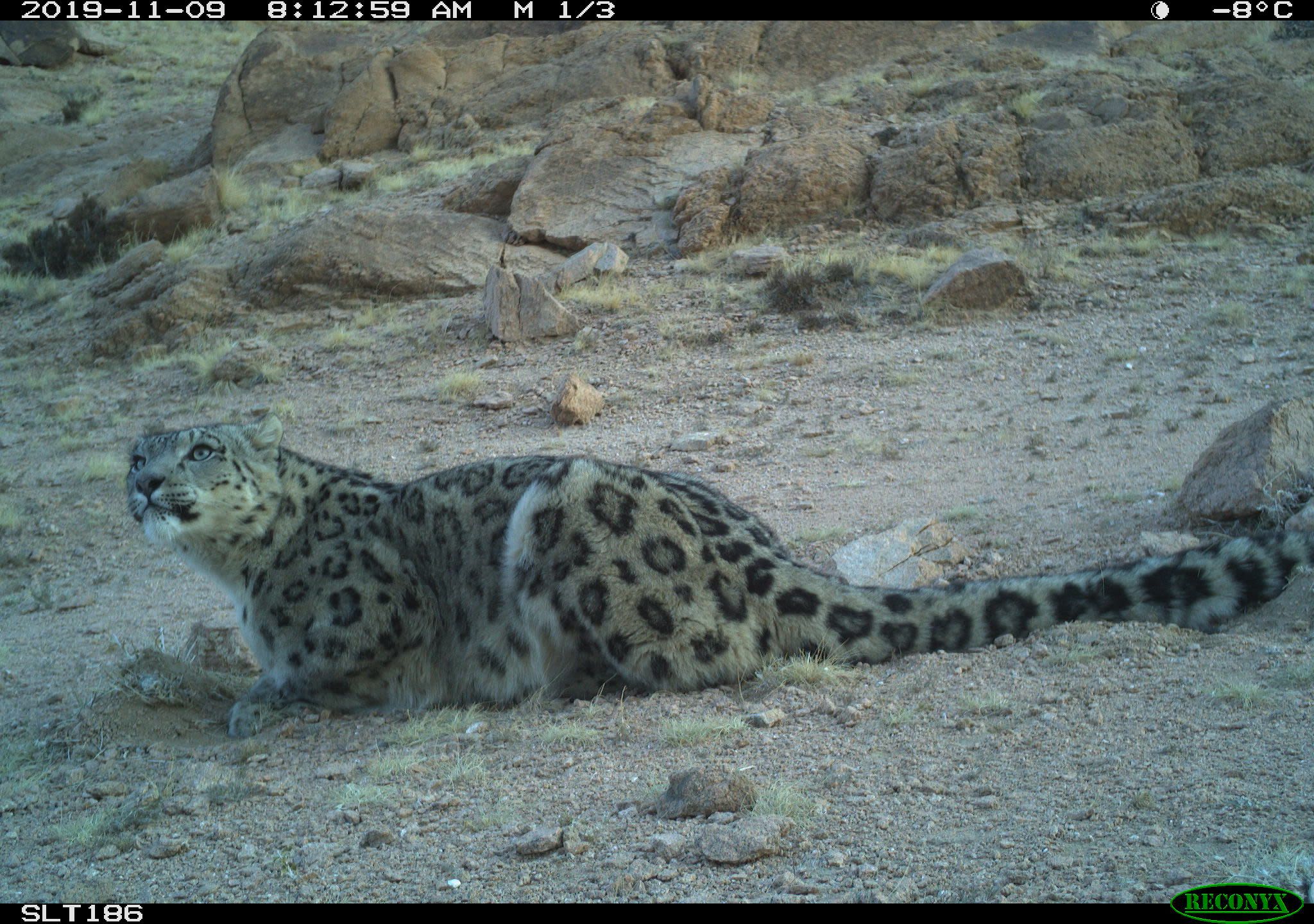
Snow leopard spotted by research camera, Mongolia, 2019. Photo: SLCF and SLT
In 2018, her community lost livestock to snow leopards and education and awareness-raising for fellow herders was essential to support the community to reconceptualize its relationship with biodiversity:
“People stopped doing bad things to wildlife.”
The community calls itself Ahuuna; it is a model for the country’s herders who are organizing themselves to ensure snow leopard conservation.

Snow leopard spotted by research camera, Mongolia, 2019. Photo: SLCF and SLT
Snow leopard spotted by research camera, Mongolia, 2019. Photo: SLCF and SLT
Cheese is a solution
In her role as a community leader, Tsendsuren seeks out every opportunity to engage with conservation and livelihood development.
In 2017, her community inaugurated a wildlife tourism project, but due to Covid-19, these activities are currently on hiatus.
In the interim, the production and marketing of cheese is a solution to generate reliable income, decrease poaching in Mongolia’s critical snow leopard habitat, and mitigate human-wildlife conflict.
Building on more than 3,000 years of cheese production, Tsendsuren and her fellow herders now produce dairy products for sale at local markets. Currently, she supplements her herding income with ≈US$150 per annum from cheese production; the other community members (13 households) make a further ≈$1,150.
The grant from The Lion’s Share and SGP is covering training for improved packaging and labelling, marketing strategies, improved production facilities, and expediting access to local and regional farmers’ markets for their unique cottage-made dried cheese curd.

Freezer purchased supports storage of materials. Photo: SLCF and SLT
As of July 2021, a total of 78 women have been trained in cheese production.
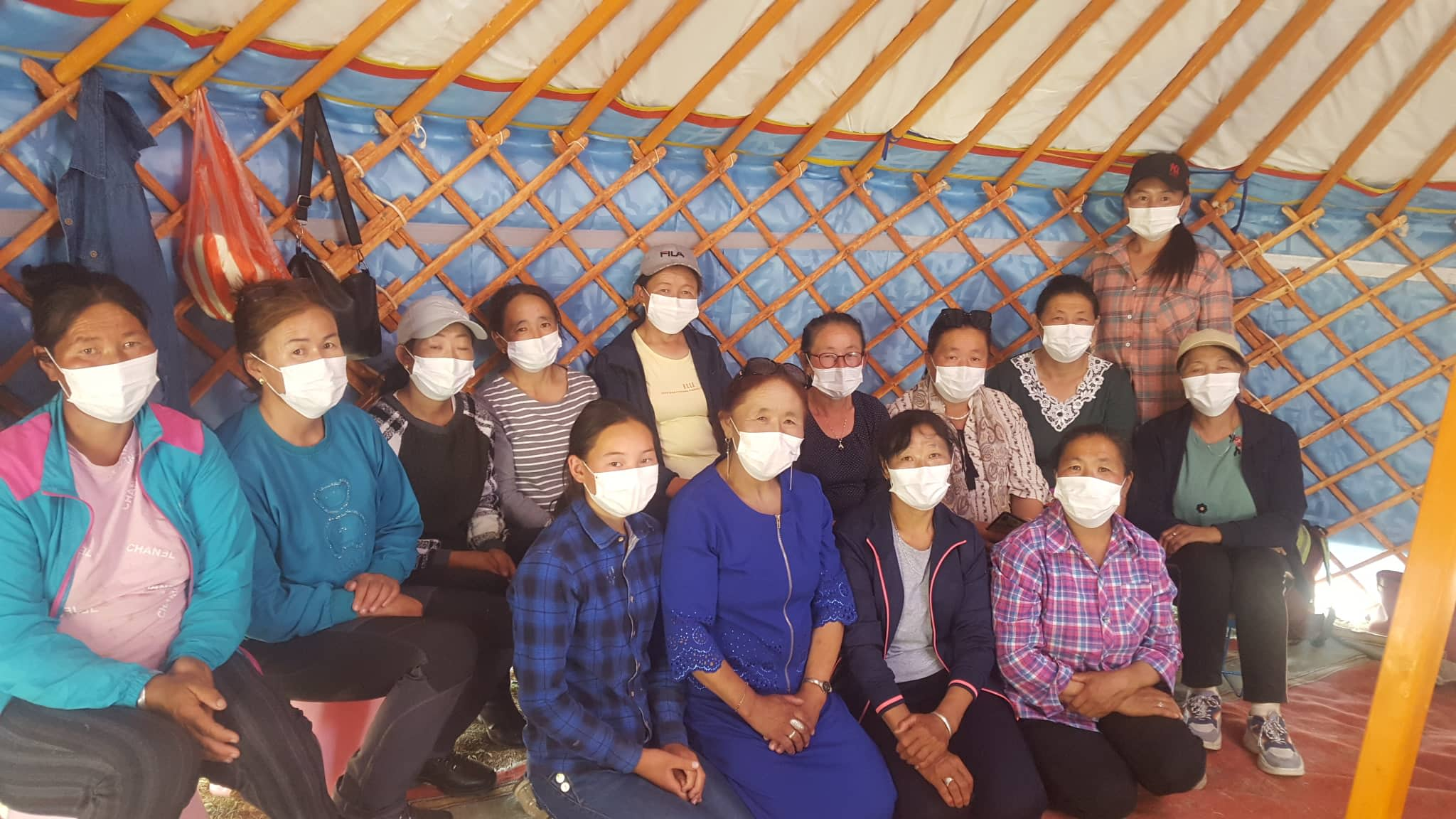
Each of the seven participating communities now has a minimum communal production capacity of 100kg of cottage-made dried cheese curd and 100kg of clarified butter (ghee), and all products generated are marketed locally.
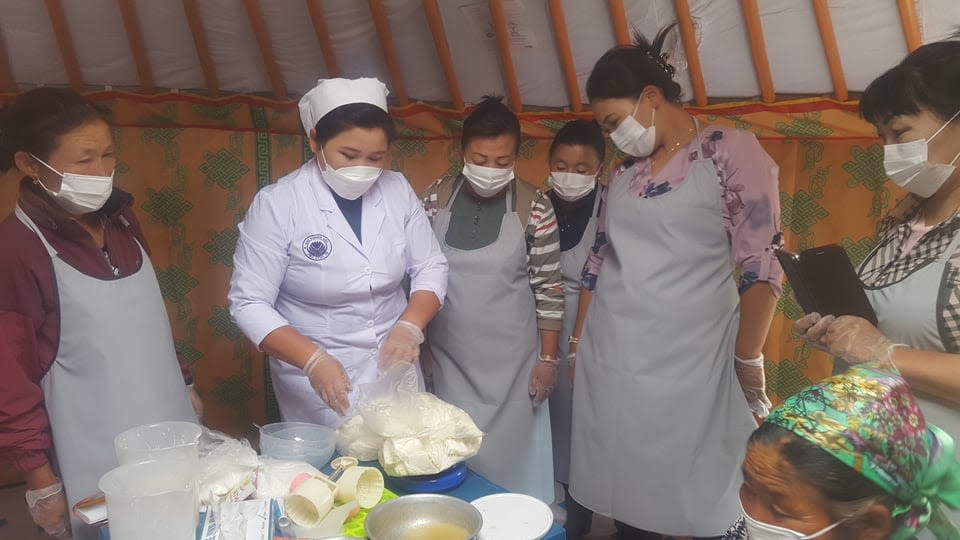
The project underwrote the creation and production of labels and packaging (10,200 packages and labels in the first round of support), and these are shipped to participating communities for help with marketing and distribution.
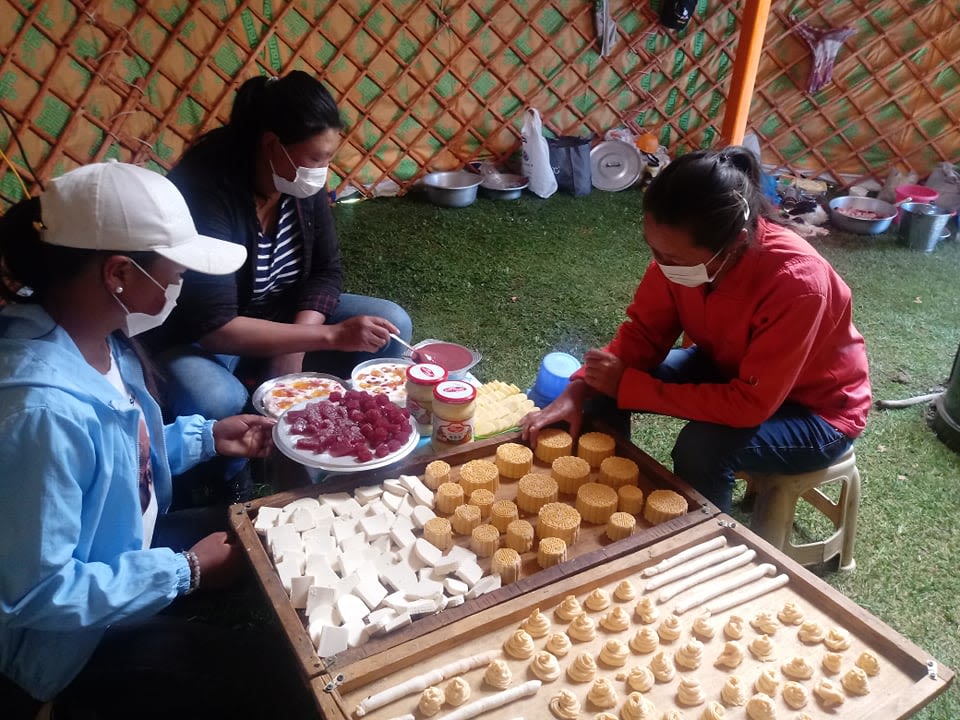
In total, participating communities are protecting 119,487ha of snow leopard territory through their livelihood activities.

Freezer purchased supports storage of materials. Photo: SLCF and SLT
Freezer purchased supports storage of materials. Photo: SLCF and SLT



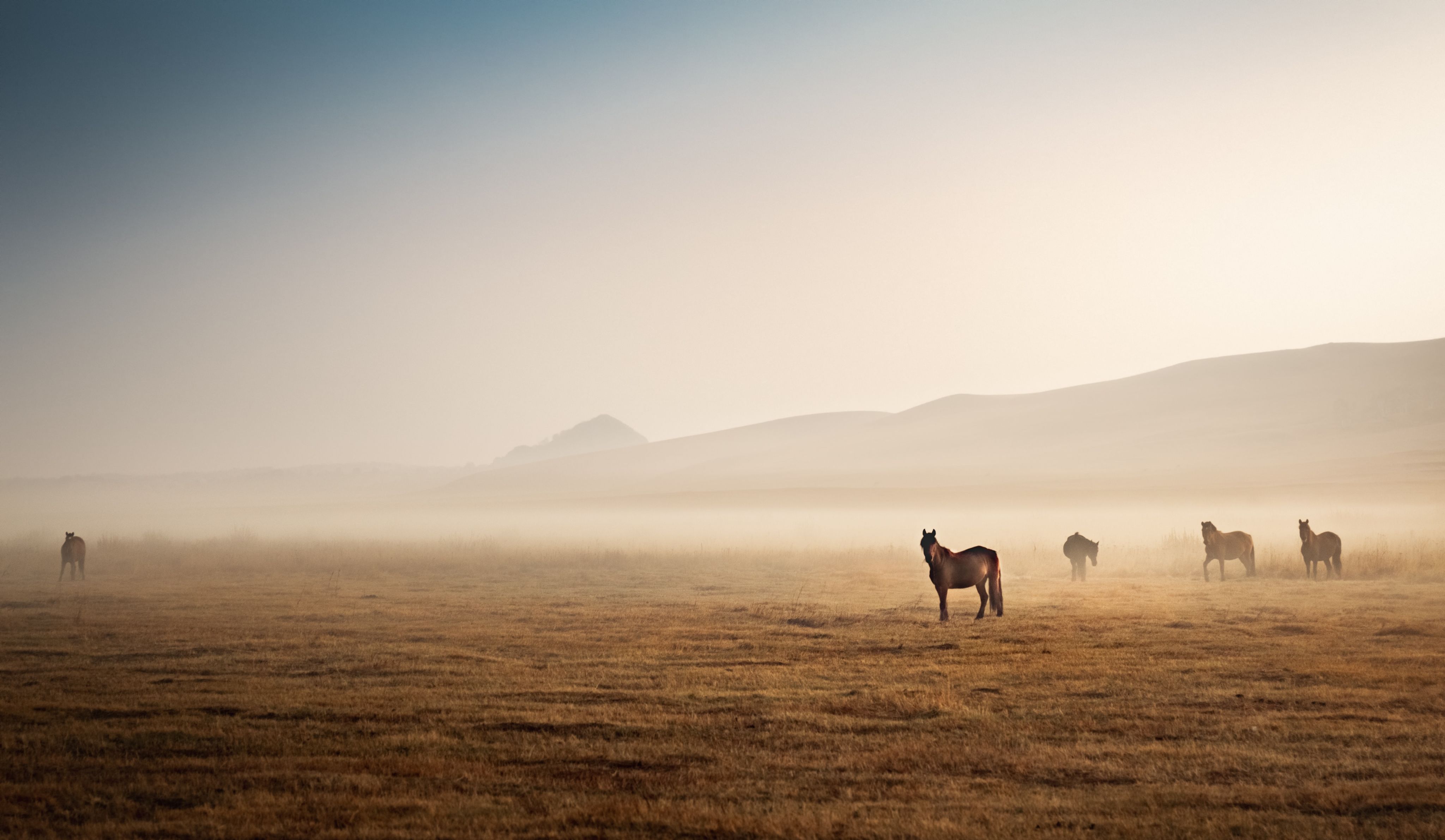
Facilitating action
Introduced by Sir David Attenborough in 2018, The Lion's Share is an innovative solution to raising critical funding for wildlife and communities on the front lines of conservation.
Twenty percent of all ads we see feature animals and yet one million species are at risk of extinction, many within decades.
Leveraging the power of the marketing world, The Lion’s Share offers brands an opportunity to make a contribution to global biodiversity conservation, creating a new stream of financing for nature.
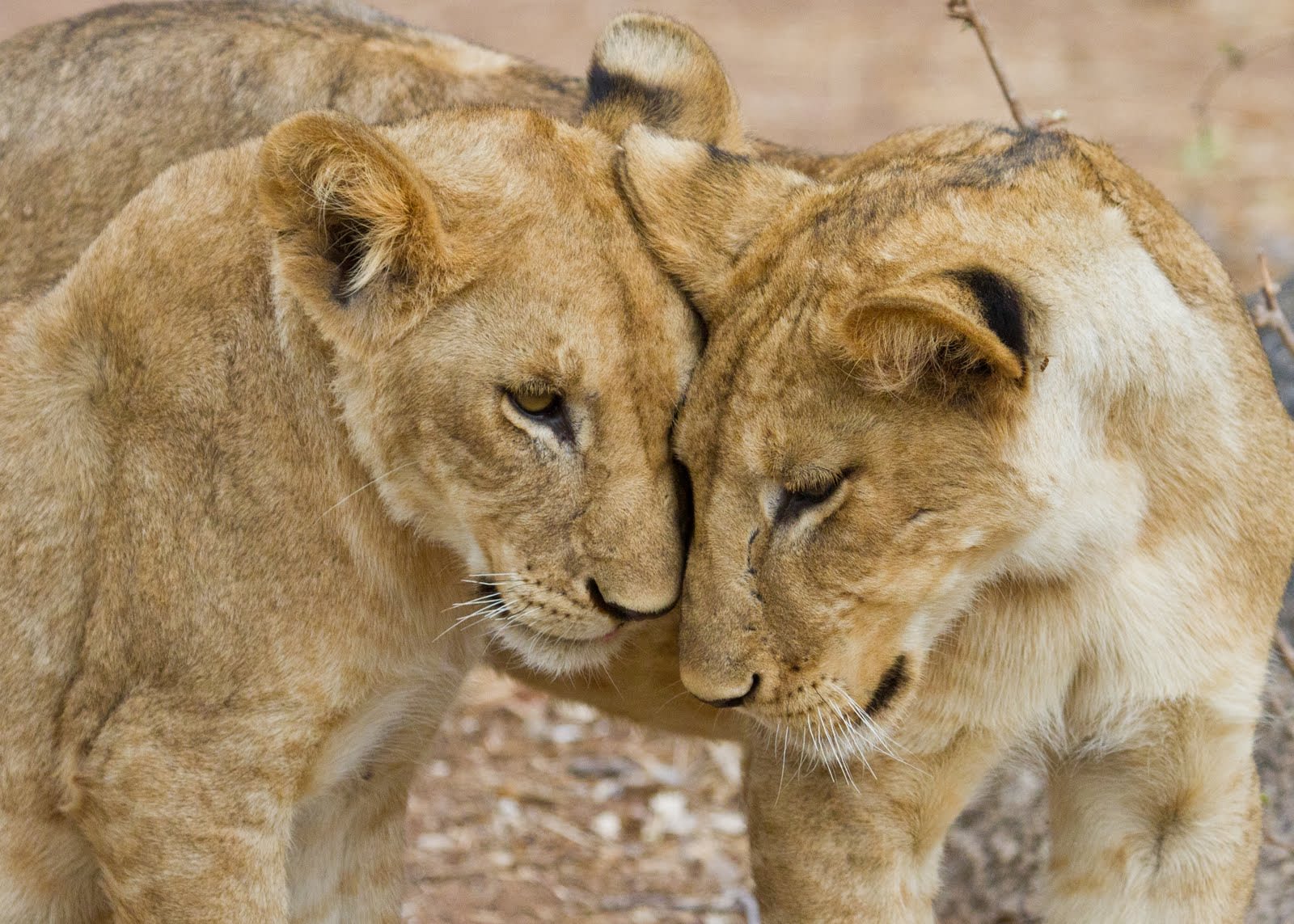
Lion cubs, Ruaha National Park, Tanzania. Photo: Gregoire Dubois
Through UNDP, in collaboration with the GEF SGP team, grants like this one in Mongolia serve as an example of the initiative's action on the ground.
Local action = global impact
As a corporate programme of the GEF, SGP has been implemented by UNDP since 1992, providing financial and technical support to civil society and community-driven initiatives that address global environmental issues while improving local livelihoods.
Since 2003, SGP has supported 453 projects in Mongolia in the areas of biodiversity, land degradation, climate change, chemicals and waste, and international waters. For more details on SGP’s work in Mongolia, visit SGP’s Mongolia country page.
For information on SGP’s global portfolio, visit the global SGP website.

Story by: Bayarjargal Agvaansteren (Executive Director, SLCF), Ganbaatar Bandi, Andrea Egan, Ana Paula Canestrelli, with input and support from The Lion's Share team.
Visual layout: Andrea Egan
Photos: © Courtesy of Snow Leopard Conservation Foundation (SLCF) and Snow Leopard Trust (SLT), and others as noted.
Header photo: Mongolian dairy product Aaruul or Gurt made from drained sour milk drying on the sun with typical ger in background. Photo: iStock.com/naumoid
Location: Mongolia
